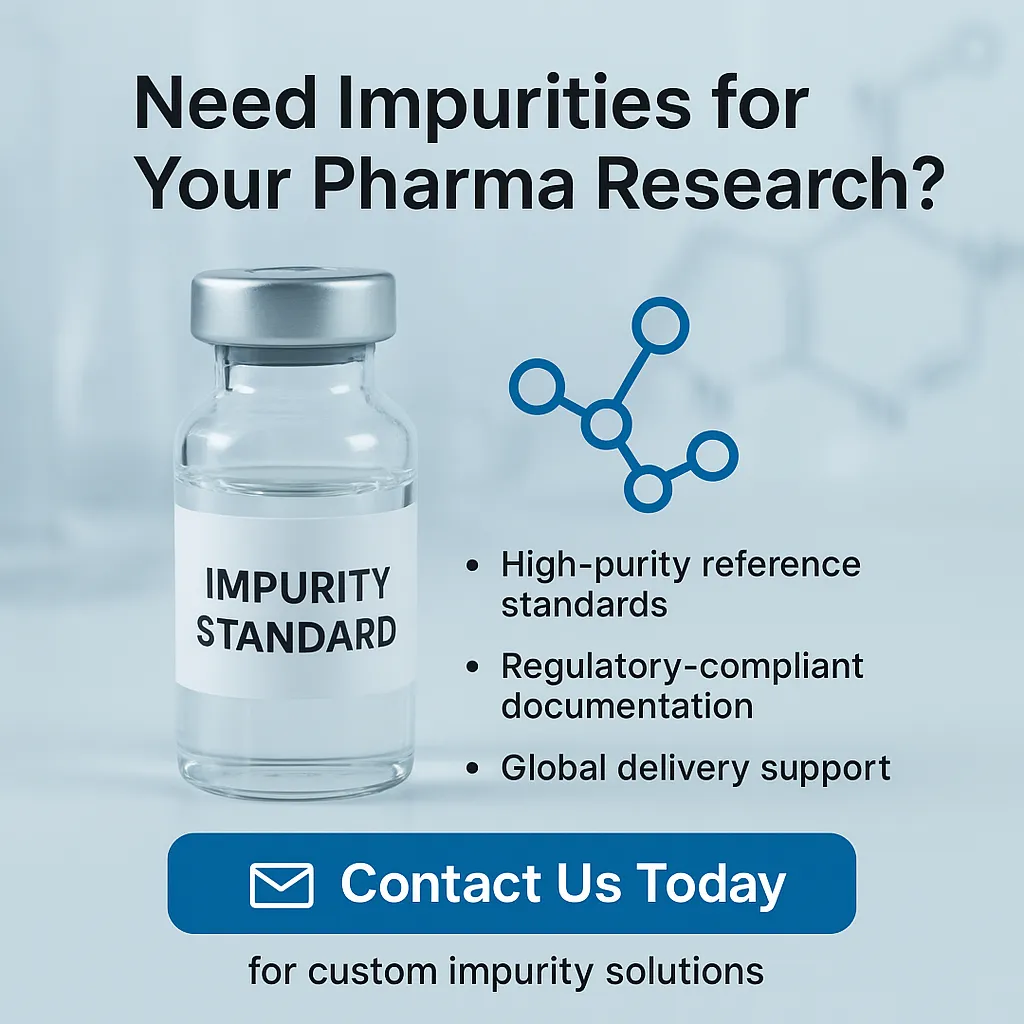Understanding Cyanocobalamin Impurity C: Its Role in Pharmaceutical Research and Quality Control
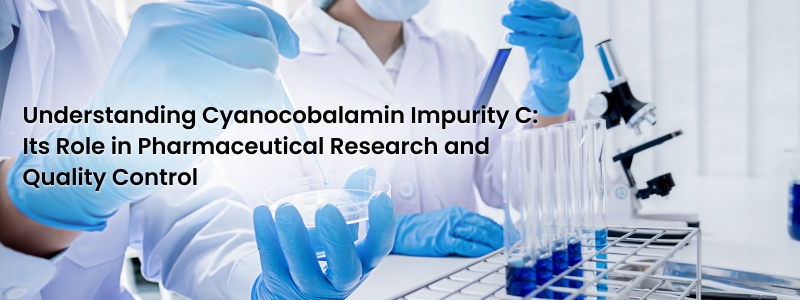
In the realm of pharmaceutical research, precision is everything. Even the slightest impurity in an active pharmaceutical ingredient (API) can impact a drug's safety, efficacy, and quality. That’s why impurity profiling has become a cornerstone of modern pharmaceutical development, especially for essential vitamins like Cyanocobalamin (Vitamin B12). Cyanocobalamin Impurity C is a vital reference substance in this category (CAS No. 38218-51-8).
Let’s explore this impurity, its relevance, and how it supports the rigorous demands of pharmaceutical quality control.
What is Cyanocobalamin Impurity C?
Cyanocobalamin Impurity C, also known as 3′4-Methylcyanocobalamin, is a structurally related compound that appears as a trace impurity during the synthesis or degradation of Cyanocobalamin, the synthetic form of Vitamin B12 used in medications and supplements.
- Molecular Formula: C₆₄H₉₀CoN₁₄O₁₄P
- Molecular Weight: 1369.39 g/mol
- Appearance: Red to dark red solid
- CAS Number: 38218-51-8
Although it may exist in minimal amounts, its presence must be monitored and quantified in accordance with regulatory expectations.
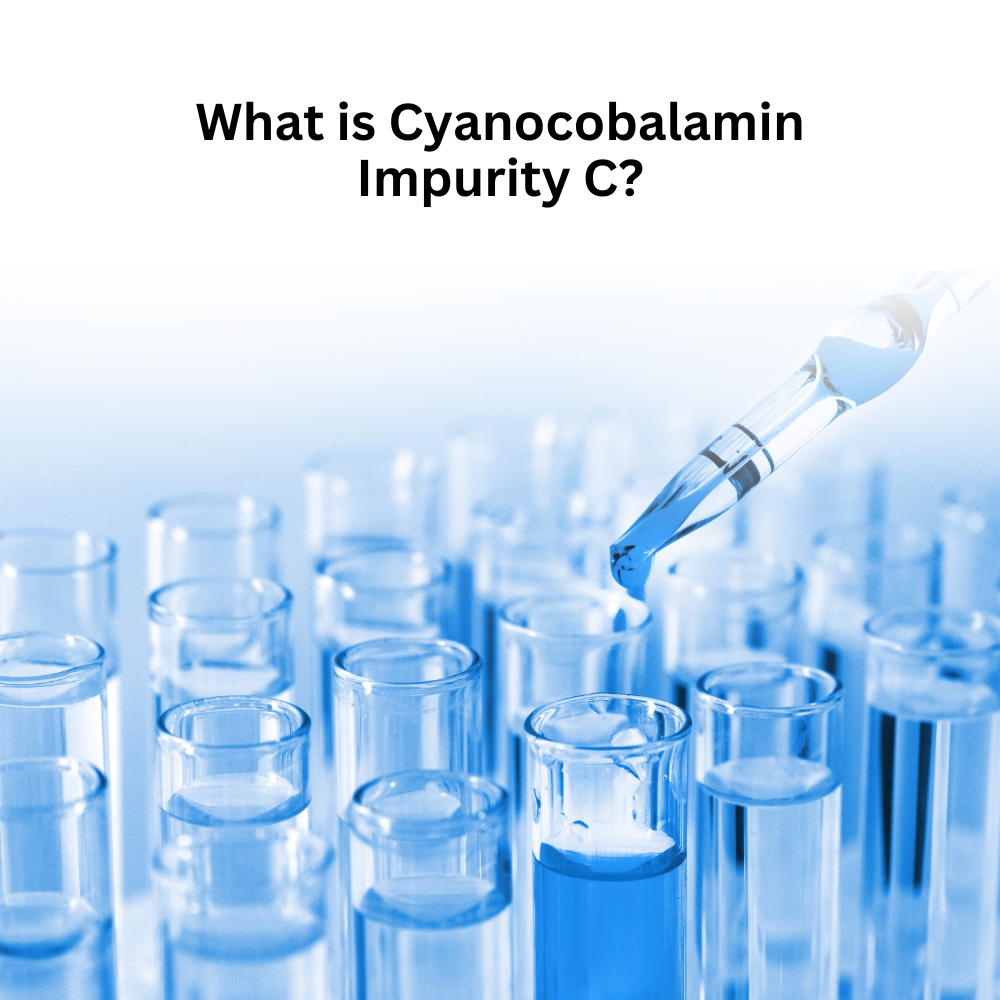
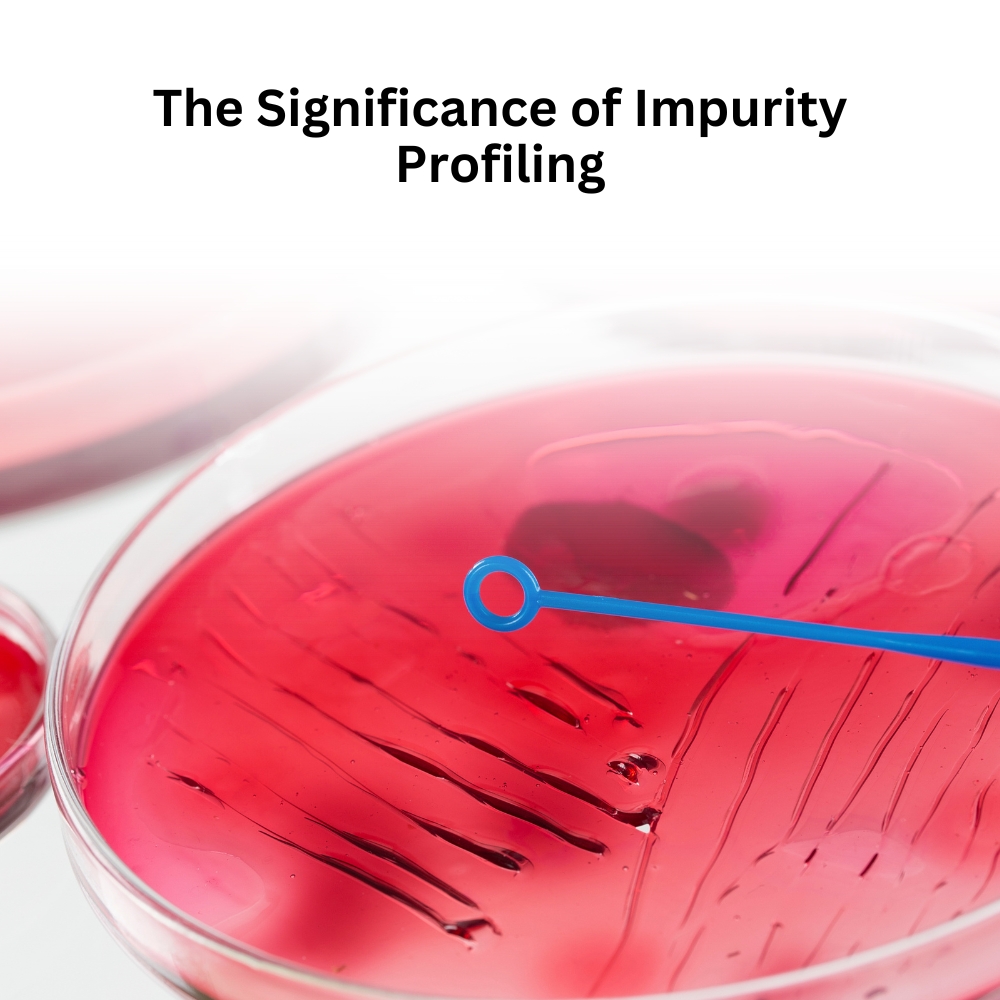
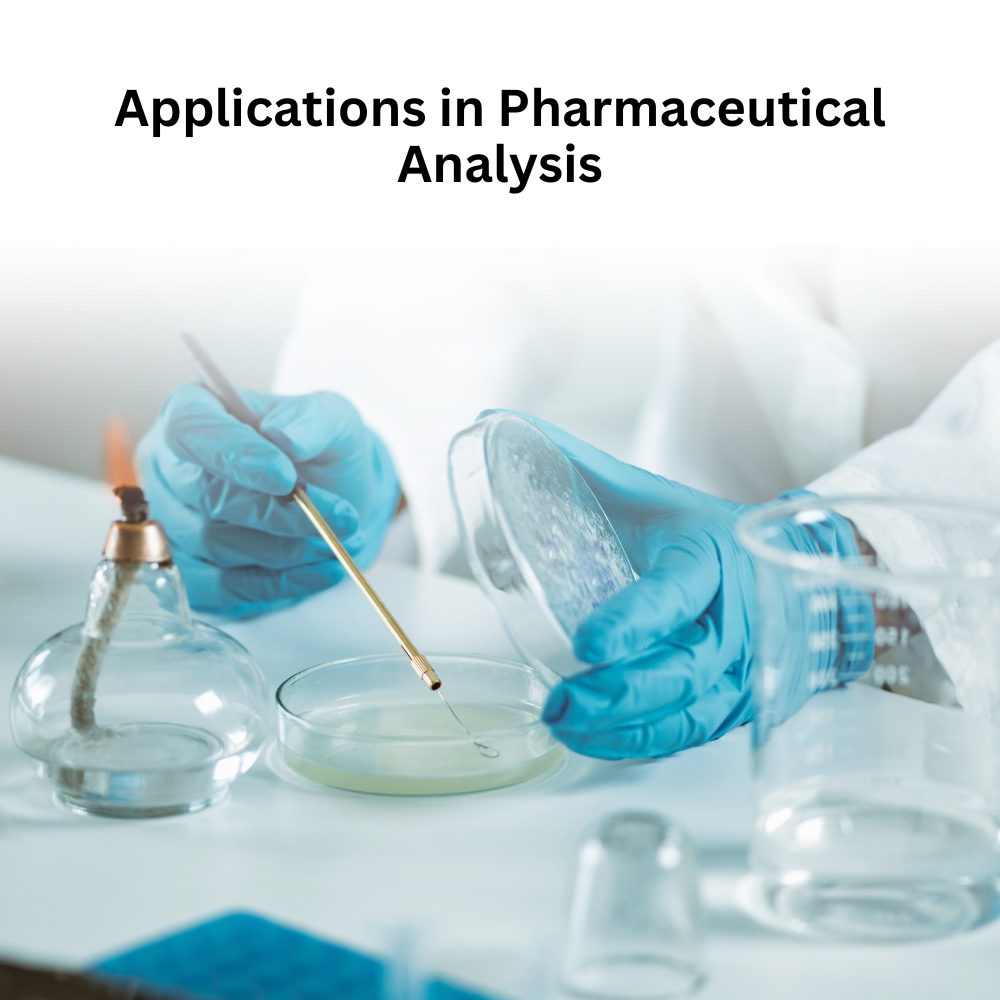
The Significance of Impurity Profiling
Global regulatory bodies, including ICH, USFDA, and EM, require the identification, characterisation, and quantification of all impurities above threshold levels. These thresholds are often as low as 0.05%, depending on the dosage and toxicity.
Impurities like Cyanocobalamin Impurity C can arise due to:
- Synthetic pathway limitations
- Storage or stability issues
- Environmental exposure
By understanding and controlling such impurities, manufacturers can ensure that their final products meet safety, efficacy, and stability standards. This is where reference standards become indispensable.
For a comprehensive list of Cyanocobalamin impurities and their certified reference standards, visit Pharmaffiliates' Cyanocobalamin Impurities.
Applications in Pharmaceutical Analysis
Cyanocobalamin Impurity C is primarily used as a reference standard in the following areas:
- Analytical method development
- Method validation (as per ICH Q2 guidelines)
- Stability testing
- Routine quality control of finished formulations
Using a certified reference material (CRM) ensures that the analytical methods used are accurate, reproducible, and compliant with international standards.


Storage and Handling Recommendations
Due to its sensitivity to light and air, Cyanocobalamin Impurity C should be:
- Stored at 2°C to 8°C
- Kept in an inert atmosphere
- Protected from direct light exposure
These conditions preserve its chemical integrity, making it reliable for consistent use in labs.
Why Choose Pharmaffiliates for Impurity Reference Standards?
Pharmaffiliates offers high-purity impurity standards like Cyanocobalamin Impurity C, supported by comprehensive documentation including:
- Certificate of Analysis (COA)
- HPLC and NMR data
- Mass Spectrometry (MS) reports
- Stability and storage guidelines
- Regulatory support documentation
With decades of experience developing and supplying pharmaceutical reference standards across global markets, Pharmaffiliates ensures quality, compliance, and trust.
Conclusion
Cyanocobalamin Impurity C may be a small component in the pharmaceutical chain, but its impact on product quality is significant. By integrating high-quality reference standards into analytical workflows, pharmaceutical companies can confidently meet regulatory standards, ensuring that every dose of Vitamin B12-based medication is safe and effective.
The need for precise, well-characterised impurity standards will only grow as the industry evolves. At Pharmaffiliates, we are committed to being at the forefront of this demand, supporting pharmaceutical excellence at every stage of the process.
Looking for reliable impurity reference standards and expert analytical services? Partner with Pharmaffiliates today to ensure compliance, accuracy, and drug safety. Contact us now!





